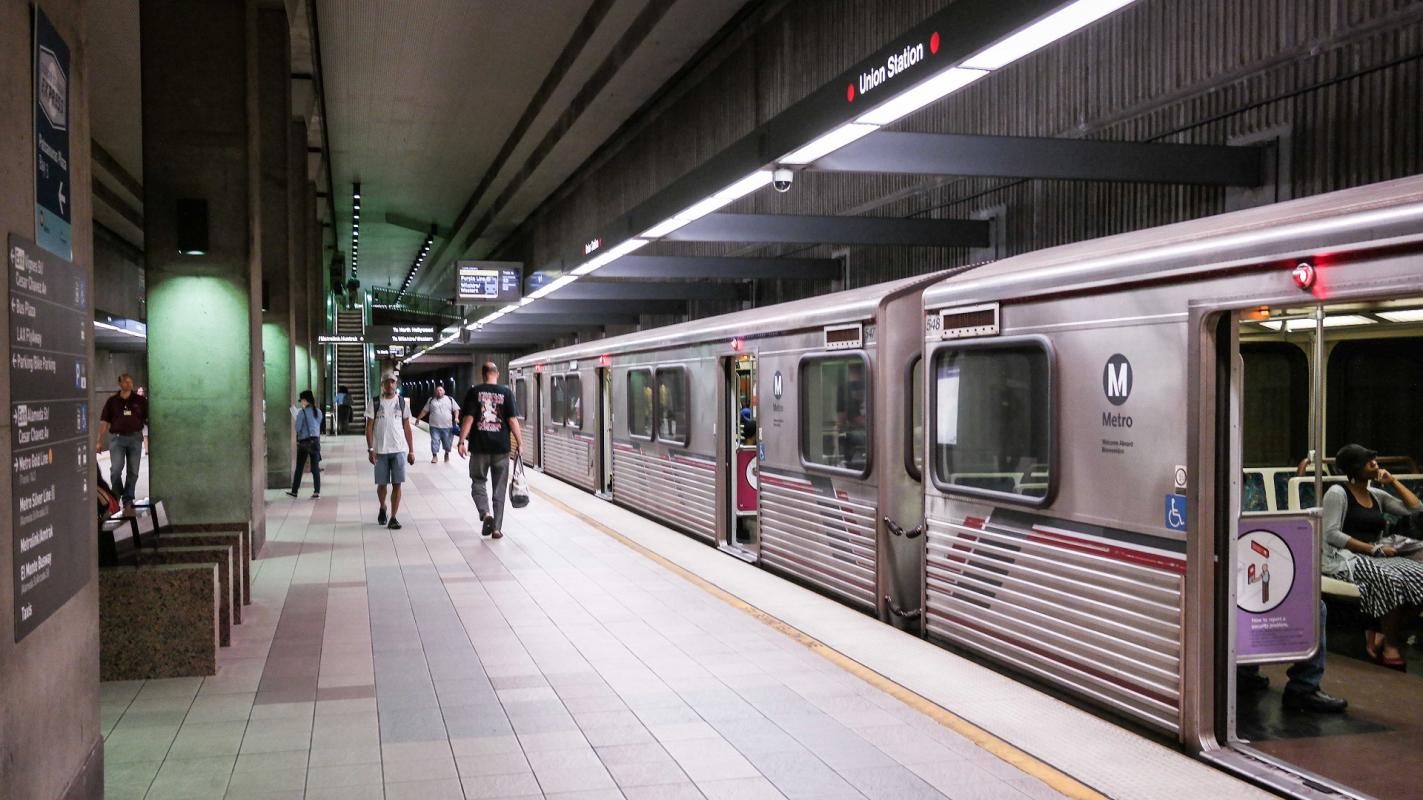https://www.wmata.com/about/news/Red-Line-Construction.cfm
Basically it's between Judiciary Square and Farragut North and includes shutting down Gallery Place and Metro Center, the two stations that connect the Red Line with the rest of the system. The reasoning is that the period over the holidays has the lowest ridership of the year, and that they can do the work in two weeks rather than the three months it would take if they only shut down over the weekend.
To complete this work as safely and efficiently as possible, both tracks must be taken out of service. Crews will address structural issues in the tunnels which are nearly 50 years old and date back to the original stations. The work will involve building supports to repair a concrete beam overhead. Crews will need to remove the concrete and pour approximately 1,000 square feet of concrete for the new beam, reinforced with additional rebar.
Customers will continue to have normal or near-normal service outside the work zones, with Red Line service every eight minutes from Shady Grove to Dupont Circle and Union Station to Glenmont.
Basically it's between Judiciary Square and Farragut North and includes shutting down Gallery Place and Metro Center, the two stations that connect the Red Line with the rest of the system. The reasoning is that the period over the holidays has the lowest ridership of the year, and that they can do the work in two weeks rather than the three months it would take if they only shut down over the weekend.















































